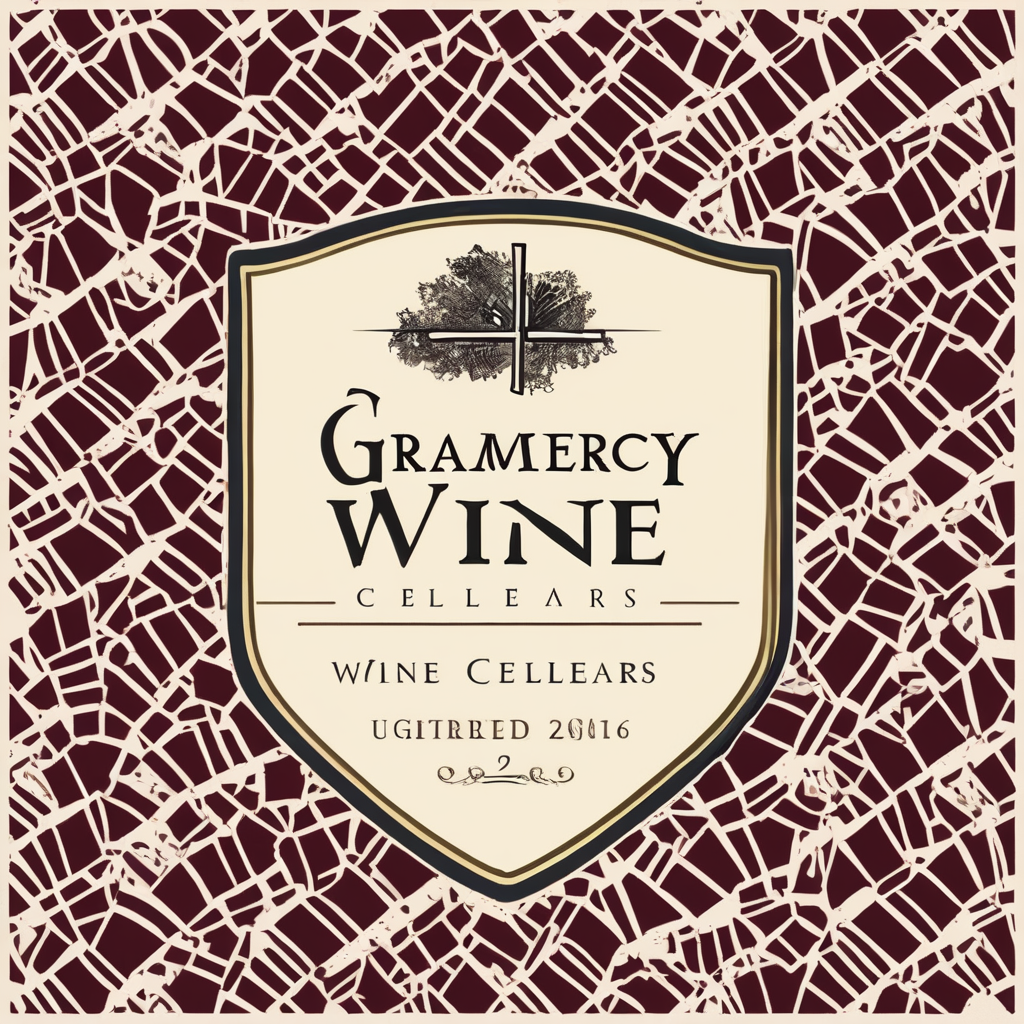When it comes to designing or renovating your family kitchen, one key component that cannot be overlooked is the flooring. Your choice of floor material can impact the room’s aesthetics, functionality, and safety. Today, we shall delve into the topic of kitchen floors, exploring different types of floors, including hardwood, vinyl, tile, engineered, and laminate. We’ll guide you through the process of choosing a material that is not only visually appealing but also durable and safe for your family’s needs.
Understanding Your Kitchen Floor Options
Before deciding on a specific floor material, it is crucial to understand the diverse range of options available in the market. From solid wood to porcelain tiles, each option offers unique benefits and potential drawbacks.
Topic to read : How do culinary professionals recommend organizing kitchen tools for maximum efficiency?
Hardwood Flooring
Hardwood floors are a classic choice due to their timeless beauty and elegance. They come in two main types: solid hardwood and engineered hardwood. Solid hardwood is made from a single piece of wood, while engineered hardwood consists of a top layer of real wood bonded to multiple layers of plywood. Despite its higher cost, many homeowners prefer hardwood for its warm, natural look and durability. However, hardwood floors can be susceptible to water damage and may require regular maintenance to keep them looking their best.
Vinyl Flooring
If you’re looking for a budget-friendly option that is easy to install and maintain, vinyl flooring might be your best bet. Vinyl floors are water-resistant and offer a high level of durability, making them a good choice for kitchens. Modern vinyl flooring also comes in a wide range of designs, including options that mimic the look of natural wood or stone.
This might interest you : What are the latest innovations in non-toxic kitchen countertops?
Tile Flooring
Tiles are one of the most durable and water-resistant floor options available, making them ideal for kitchens. There are various types of tile to consider, including ceramic, porcelain, and stone. Porcelain tiles are particularly popular due to their durability and water-resistance. They are also available in a vast array of colors, patterns, and textures.
Navigating Your Kitchen Floor Needs
Having explored the different types of flooring options available, it’s essential to take into account your specific needs and circumstances. Key factors to consider include the durability, maintenance, safety, and aesthetics of the flooring material.
Durability
The kitchen is one of the most heavily trafficked areas in a home, making durability a top priority. Hardwood, engineered wood, and tile floors are known for their longevity. However, they can be susceptible to scratches and dents from heavy appliances or dropped dishes. On the other hand, vinyl flooring, while less expensive, can withstand heavy traffic and is less likely to dent or scratch.
Maintenance
Maintenance is another critical factor to consider when choosing a kitchen flooring material. Wood floors, while beautiful, require regular cleaning and refinishing to maintain their beauty. Tiles, while durable, will need grout cleaning to keep them looking fresh. In contrast, vinyl floors require minimal maintenance and are easy to clean.
Safety
Safety is particularly important in a family kitchen, where spills and accidents are commonplace. Slip-resistant flooring materials such as textured vinyl or matte-finished tiles can help prevent falls. Additionally, consider the hardness of the floor material. Hard surfaces like tile might be more durable, but they can also be more dangerous in the event of a fall.
Choosing the Best Floor Material for Your Kitchen
Now that we’ve looked at the various types of floors and the factors to consider, it’s time to choose the best material for your kitchen. Your budget, style preferences, and practical needs will guide this decision.
Balancing Budget with Quality
High-end materials like solid hardwood or porcelain tiles will undoubtedly add a touch of elegance to your kitchen. However, they come with a hefty price tag. If budget is a concern, less expensive options like laminate or vinyl flooring might be more suitable. These materials have come a long way in recent years, with many affordable options offering the look and durability of more expensive materials.
Reflecting Your Style
The floor you choose should also reflect your style and the aesthetic you want for your kitchen. Whether you prefer the classic appeal of hardwood, the versatile designs of vinyl, or the modern sophistication of tile, there are countless options to suit every style.
Prioritizing Practical Needs
Lastly, remember to prioritize your practical needs. If you have a busy family kitchen that sees a lot of traffic, spills, and mess, a durable, easy-to-clean floor like vinyl or tile would be a wise choice. If comfort is a key concern, softer materials like engineered wood or laminate might be more suitable.
Choosing a floor material for your family kitchen is a significant decision. By taking the time to explore different materials, understanding their pros and cons, and considering your specific needs, you can find a flooring solution that is not only beautiful but also durable, safe, and perfectly suited to your family’s lifestyle.
Taking Care of Your Kitchen Flooring
When you’ve selected your kitchen flooring, it’s vital to understand how to maintain it properly. Even the most durable materials will wear out faster if not cared for correctly. Your floor manufacturer will provide detailed instructions on proper maintenance, but in general, wood flooring, including hardwood and engineered hardwood, will require regular cleaning with a soft, dry mop and a non-abrasive cleaner. Avoid soaking the floor, as excess water can cause wood to warp or discolor.
Tile flooring, whether ceramic or porcelain, is known for its resilience and easy maintenance. Regular sweeping or vacuuming will keep dust and debris from scratching the surface. For deeper cleans, a damp mop and a mild detergent will usually suffice. Keep in mind that grout between tiles may need a heavy-duty cleaner or professional cleaning over time.
Vinyl flooring, including luxury vinyl plank, is perhaps the easiest to maintain. It can handle a heavier water load than wood, but still, avoid soaking. Use a soft mop with warm water and a gentle cleaner for best results. Vinyl is also less likely to scratch, making it a good choice for kitchens with high traffic or pets.
Conclusion: Making the Right Kitchen Flooring Choice
Choosing the best flooring material for your family kitchen is no small task. You need to balance aesthetics with functionality, durability with comfort, and initial cost with long-term maintenance. By understanding the pros and cons of various materials, you can approach this decision with confidence.
Whether you opt for the classic elegance of hardwood, the practical durability of vinyl, the modern sophistication of tile, or the cost-effectiveness of laminate, make sure your choice fits your family’s lifestyle and needs.
Remember, it’s not just about picking the right material, but also about proper installation, care, and maintenance to ensure that your floor stays beautiful and serviceable for years to come. With the right floor underfoot, your kitchen can truly become the heart of your home, where countless memories are made. Choose wisely, and enjoy the process of creating a kitchen that reflects your style and meets the demands of your daily life.






